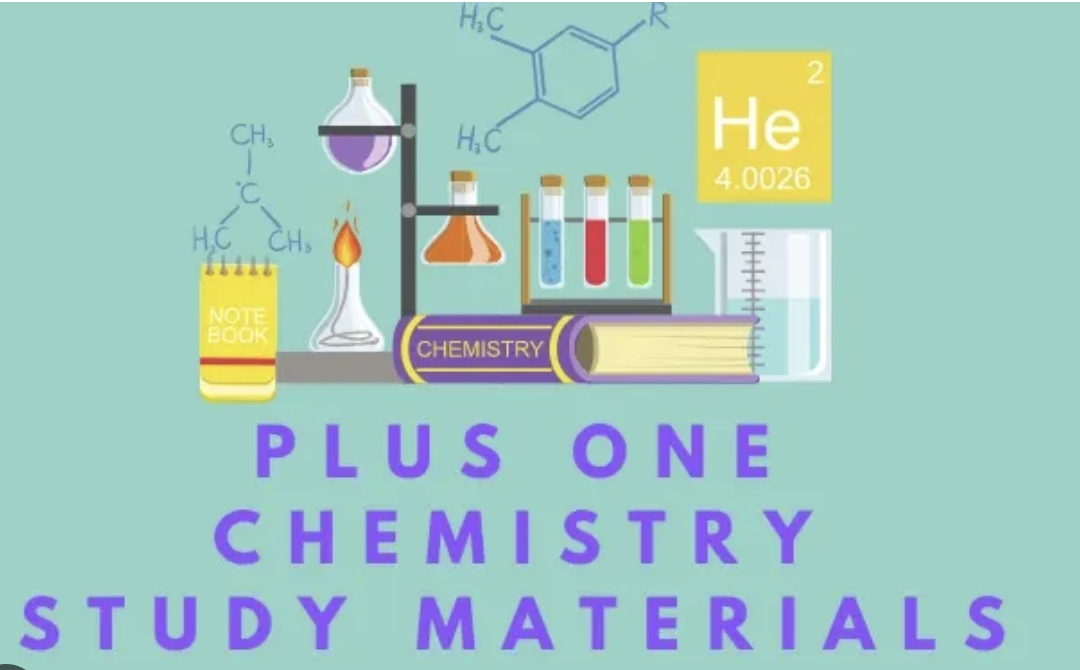Hydrogen’s unique position in the periodic table and its role as the most abundant element in the universe make it worthy of dedicated study. This chapter examines hydrogen’s isotopes, preparation methods, properties, and diverse applications. Students explore hydrogen as a potential clean fuel source, its role in acid-base chemistry, and its importance in various industrial processes. The chapter highlights how this simple element has complex and far-reaching implications for chemistry and sustainable energy.
Chapter 9: Hydrogen
Introduction
Hydrogen is the lightest element with atomic number 1 and symbol H. It constitutes approximately 70% of the visible universe’s elemental mass and is the most abundant element in the universe.
Position in the Periodic Table
- Placed at the top of Group 1 (alkali metals)
- Shows properties similar to both alkali metals and halogens
- Often considered separately due to its unique electronic configuration (1s¹)
Isotopes of Hydrogen
- Protium (¹H): Most abundant isotope (99.985%), contains one proton and no neutrons
- Deuterium (²H or D): Contains one proton and one neutron, used in heavy water (D₂O)
- Tritium (³H or T): Radioactive isotope with one proton and two neutrons, half-life of 12.3 years
Preparation of Hydrogen
- Laboratory Methods:
- Reaction of zinc with dilute acids: Zn + 2HCl → ZnCl₂ + H₂
- Reaction of zinc with aqueous alkali: Zn + 2NaOH + 2H₂O → Na₂[Zn(OH)₄] + H₂
- Electrolysis of water with acidified water
- Industrial Methods:
- Steam reforming of hydrocarbons: CH₄ + H₂O → CO + 3H₂
- Water gas reaction: C + H₂O → CO + H₂
- Electrolysis of brine solution
Properties of Hydrogen
Physical Properties:
- Colorless, odorless, tasteless gas
- Lowest density of all gases
- Slightly soluble in water
- Can be liquefied under high pressure and low temperature
Chemical Properties:
- Reaction with Oxygen: 2H₂ + O₂ → 2H₂O (Explosive reaction)
- Reaction with Halogens: H₂ + X₂ → 2HX (X = F, Cl, Br, I)
- Reaction with Metals: Forms metal hydrides (e.g., NaH, CaH₂)
- Reaction with Nitrogen: 3H₂ + N₂ → 2NH₃ (Haber process)
- Reducing Properties: Reduces metal oxides to metals
Hydrogen Economy
- Concept of using hydrogen as a fuel and energy carrier
- Advantages: Clean-burning, high energy content per unit mass
- Challenges: Storage, transportation, production costs
- Applications: Fuel cells, transportation, power generation
Hydrides
Classification:
- Ionic or Saline Hydrides: Formed with highly electropositive elements (alkali and alkaline earth metals)
- Covalent or Molecular Hydrides: Formed with p-block elements
- Metallic or Interstitial Hydrides: Formed with transition metals
Properties and Applications:
- Ionic hydrides react with water to produce hydrogen
- Covalent hydrides vary widely in properties
- Metallic hydrides used for hydrogen storage
Water (H₂O)
- Essential for life
- Unique properties due to hydrogen bonding
- High specific heat capacity, surface tension, and boiling point
- Amphoteric nature (can act as both acid and base)
- Hard water contains dissolved calcium and magnesium salts
Heavy Water (D₂O)
- Physical properties slightly different from ordinary water
- Used as moderator in nuclear reactors
- Important in nuclear magnetic resonance (NMR) spectroscopy
Hydrogen Peroxide (H₂O₂)
- Preparation: Electrolysis of cold dilute sulfuric acid
- Structure: Non-planar with O-O single bond
- Properties: Strong oxidizing agent, bleaching agent
- Uses: Bleaching, antiseptic, rocket fuel, pollution control
Complete Chapter-wise Hsslive Plus One Chemistry Notes
Our HSSLive Plus One Chemistry Notes cover all chapters with key focus areas to help you organize your study effectively:
- Chapter 1 Some Basic Concepts of Chemistry
- Chapter 2 Structure of Atom
- Chapter 3 Classification of Elements and Periodicity in Properties
- Chapter 4 Chemical Bonding and Molecular Structure
- Chapter 5 States of Matter
- Chapter 6 Thermodynamics
- Chapter 7 Equilibrium
- Chapter 8 Redox Reactions
- Chapter 9 Hydrogen
- Chapter 10 The s Block Elements
- Chapter 11 The p Block Elements
- Chapter 12 Organic Chemistry: Some Basic Principles and Techniques
- Chapter 13 Hydrocarbons
- Chapter 14 Environmental Chemistry
